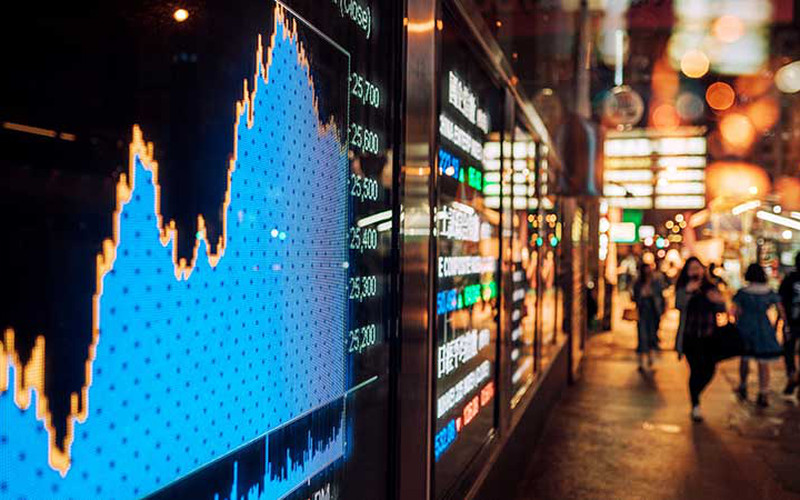
Impact investing is a strategy for using your money to create or affect positive change by investing in things that will do good in the future. ESG, on the other hand, is a framework for evaluating and selecting investments based on the good they have historically done in the world. While they are similar
Read MoreWhat Happened? For the first time in several months, US inflation was softer than expected in July. Headline and core CPI were 0.0% and +0.3% month-over-month, respectively. That leaves the year-over-year figures at 8.5% for headline CPI and 5.9% for core CPI. Both are obviously still far too high, of course, but less ‘too high’
Read MoreWhat Happened? As expected, the Federal Open Market Committee raised its benchmark interest rate by 0.75% to a range of 2.25%–2.50%. The policy rate is now at the lower end of the range the Fed believes is “neutral”—the rate that neither stimulates nor constrains the US economy. As it relates to future hikes, Chair
Read MoreWhat Happened? The first release of Q2 GDP data shows that the US economy contracted 0.9% on a quarter-over-quarter annualized basis. This contraction follows a reported contraction in Q1 of 1.6% which will cause most media outlets to claim that the US is in a recession. While that may turn out to be the case
Read MoreJune CPI—What Happened? The June CPI report provided no relief as both headline and core inflation rose more than expected. The financial press will report the year-over-year figures of 9% (headline) and 6% (core, ex-food and energy), but the month-over-month data is more representative of the continued price pressures since both accelerated in June vs.
Read MoreThe Fed has raised its benchmark interest rate by 75 basis points, to a range between 1.50% and 1.75%, and signaled stronger inflation-fighting measures ahead. We think that policy path will eventually cool inflation—but at a greater cost to economic growth than the Fed expects. And financial markets will likely stay volatile for a while.
Read More